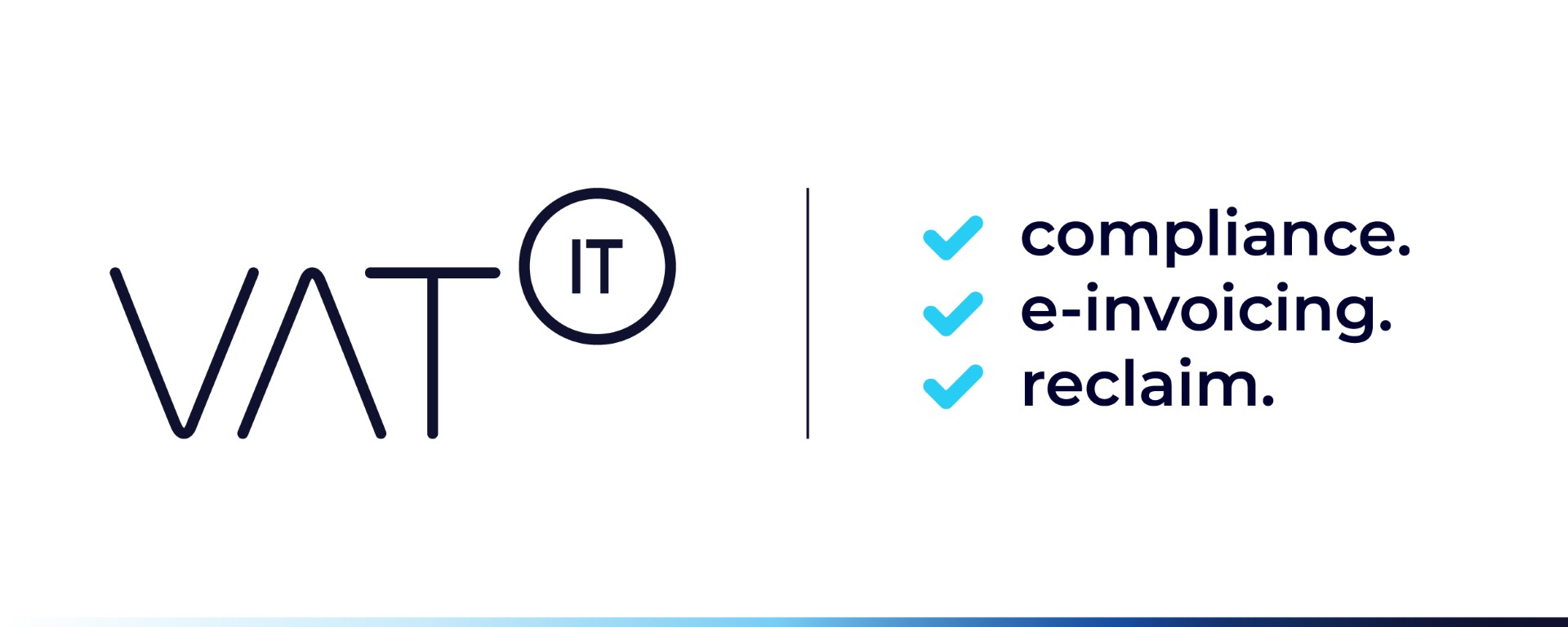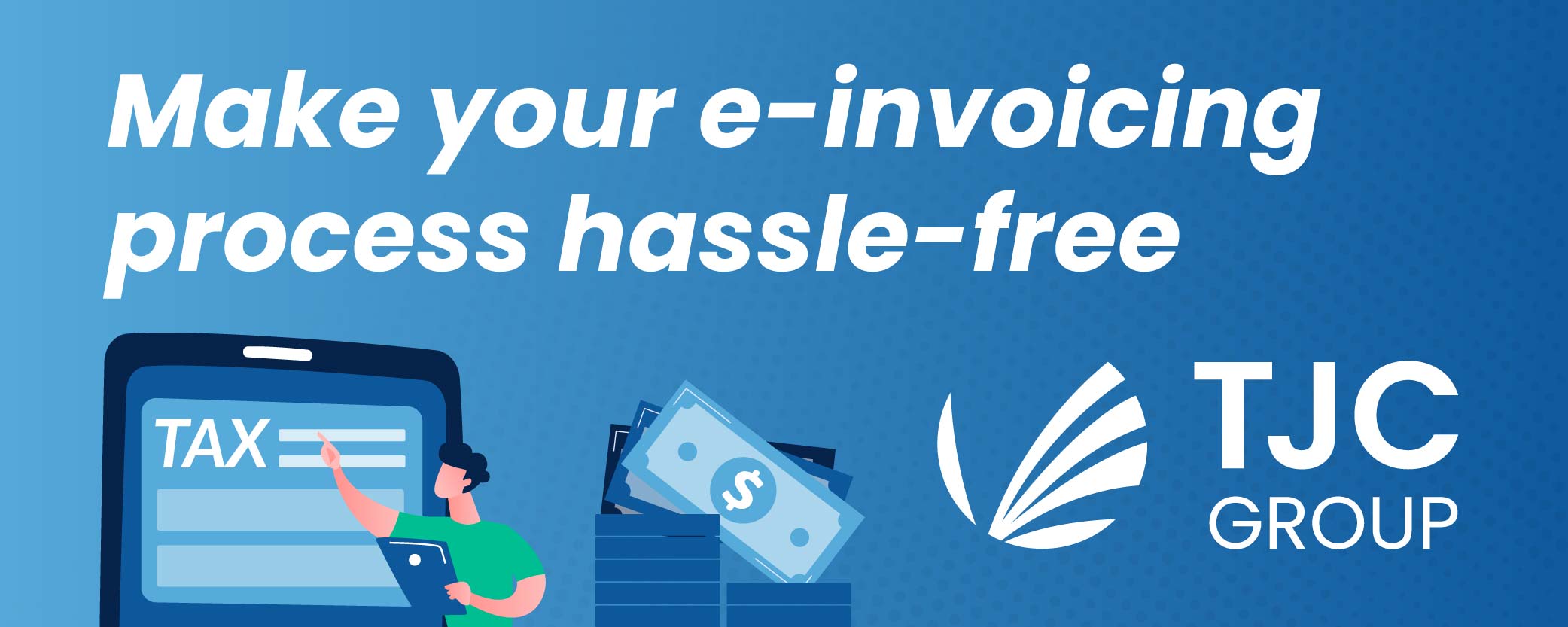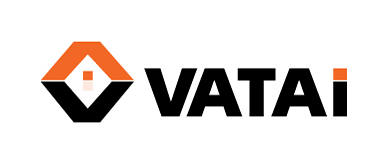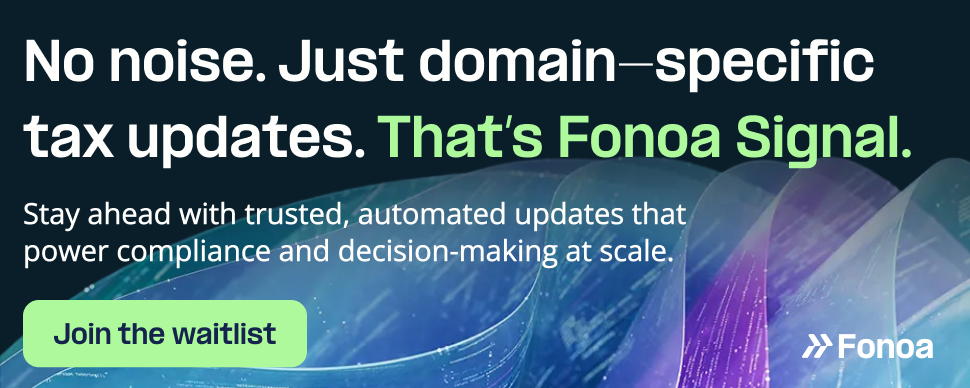The latest version of the Public Billing Portal 2.4 External Specifications.
What are the main changes in this new version?
- Simplified directory flows: The volume of data exchanged is reduced, making it easier to future changes. The uses of the directory flow are separated and standardised: a consultation flow and an update flow (in connected mode).
- Enhanced directory historisation: To improve the user experience, a complete history mechanism has been put in place to provide a precise view of the changes made in the directory and to better anticipate future events.
- An overhaul of business object lifecycle management: The lifecycle has been amended by completing the possible statuses of all business objects (invoice, transmission, directory) and technical objects (flows), specifying their definitions, sequences and associated actors.
- Invoice status management: A matrix of invoice statuses is made available to enable the various players to identify and manage their status.
- A single “readable” document for each invoice: The management rule relating to the documents associated with each invoice has been clarified, in particular with regard to checking the uniqueness of the “legible” attachment. A maximum of one Readable attachment may be attached to an invoice being issued. An invoice issued with several Readable attachments will be systematically rejected” (see G4.18). A taxable person filing an invoice must be able to produce a compliant legible from the structured data. The production of this legible must be one of the services offered by the issuing platform if the latter is responsible for creating the invoice (invoicing mandate).
- Tolerance of rounding: to make the process easier for businesses, and to eliminate unirritant, the solution will be able to manage rounding, particularly when calculating VAT on the invoice line.
- See also
- Join the Linkedin Group on Global E-Invoicing/E-Reporting/SAF-T Developments, click HERE
Latest Posts in "France"
- New VAT Representation Rules for Foreign Businesses in France Effective January 2025
- Are non-established entities with a French VAT number required to comply with France’s e-invoicing/e-reporting mandates starting September 1, 2026?
- Canal+ Reaches €363 Million VAT Settlement With French Tax Authorities Over Subscription Dispute
- BOFIP – VAT: Overview of mandate and representation mechanisms for non-established taxable persons
- Lump-sum payments and VAT: the French tax authorities reiterate key principles















